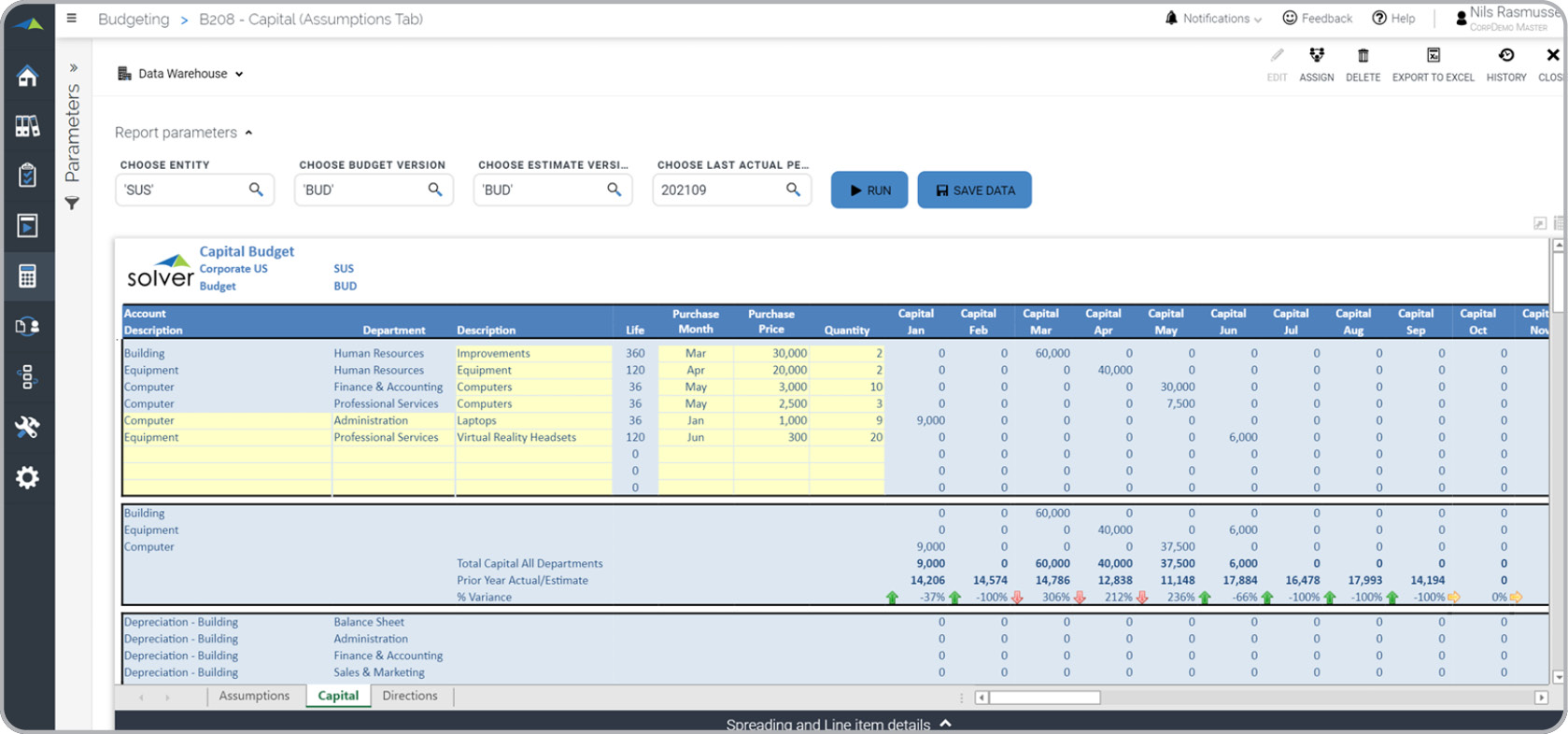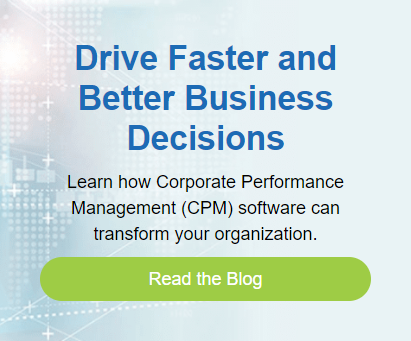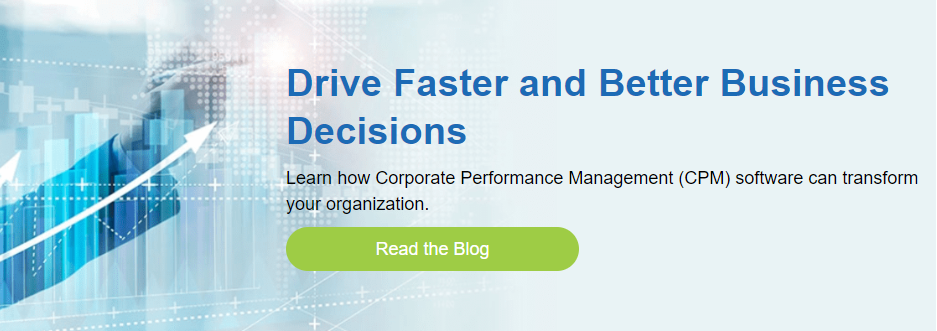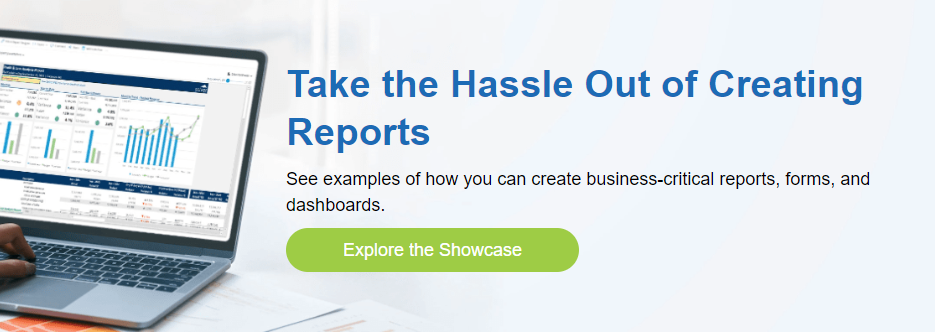Related Posts
BLOG HOME
- Headcount Dashboard for SaaS Companies using Dynamics 365 Business Central
- Top 50 Opportunities Report for SaaS Companies using Dynamics 365 BC
- Subscription Sales by Contract Length Report for SaaS Companies using Dynamics 365 Business Central
- Lead Target Model for SaaS Companies using Dynamics 365 Business Central
- Cap Table Template for SaaS Companies using Dynamics 365 Business Central
Capital Expense Budget Template
What is
a
Capital Expense Budget Template
? Capital Expense ("Capex") budget forms are considered a key part of annual budget models and are used by budget managers and department heads to plan future purchases of assets. Key functionality in this type of annual budget template includes drop downs to choose asset type, department, and purchase month. The average lifetime of the asset is usually determined based on an assumption, therefore it will automatically calculate the monthly depreciation amount based on that assumption. After the user enters purchase price and quantity, everything else calculates automatically. Total depreciation expense and accumulated depreciation end up on the P&L and Balance Sheet budgets. You will find an example of this type of annual budget template below.
Purpose of
Capex Forms Companies and organizations use Capex Forms to request funding for asset purchases and capture comments and details that will help in the approval process. When used as part of good business practices in a Finance & Accounting Department, a company can improve its expense control and asset acquisition plans as well as reduce the risk that executives are surprised by unforeseen investments.
Capex Form
Example Here is an example of a Capital Expense budget input form with automated depreciation expense calculations. [caption id="" align="alignnone" width="1679"]
 Capital Expense Budget Template Example[/caption] You can find hundreds of additional examples
here.
Who Uses This Type of
Annual Budget Template
? The typical users of this type of annual budget template are: CFOs, Budget Managers, and IT Managers.
Other
Annual Budget Template
s Often Used in Conjunction with
Capex Forms Progressive Finance & Accounting Departments sometimes use several different Capex Forms, along with budget templates for sales, payroll, profit & loss, balance sheet and other management and control tools.
Where Does the Data for Analysis Originate From? The Actual (historical transactions) data typically comes from enterprise resource planning (ERP) systems like: Microsoft Dynamics 365 (D365) Finance, Microsoft Dynamics 365 Business Central (D365 BC), Microsoft Dynamics AX, Microsoft Dynamics NAV, Microsoft Dynamics GP, Microsoft Dynamics SL, Sage Intacct, Sage 100, Sage 300, Sage 500, Sage X3, SAP Business One, SAP ByDesign, Netsuite and others. In analyses where budgets or forecasts are used, the data most often originates from in-house Excel spreadsheet models or from professional corporate performance management (CPM/EPM) solutions.
What Tools are Typically used for Reporting, Planning and Dashboards? Examples of business software used with the data and ERPs mentioned above are:
Capital Expense Budget Template Example[/caption] You can find hundreds of additional examples
here.
Who Uses This Type of
Annual Budget Template
? The typical users of this type of annual budget template are: CFOs, Budget Managers, and IT Managers.
Other
Annual Budget Template
s Often Used in Conjunction with
Capex Forms Progressive Finance & Accounting Departments sometimes use several different Capex Forms, along with budget templates for sales, payroll, profit & loss, balance sheet and other management and control tools.
Where Does the Data for Analysis Originate From? The Actual (historical transactions) data typically comes from enterprise resource planning (ERP) systems like: Microsoft Dynamics 365 (D365) Finance, Microsoft Dynamics 365 Business Central (D365 BC), Microsoft Dynamics AX, Microsoft Dynamics NAV, Microsoft Dynamics GP, Microsoft Dynamics SL, Sage Intacct, Sage 100, Sage 300, Sage 500, Sage X3, SAP Business One, SAP ByDesign, Netsuite and others. In analyses where budgets or forecasts are used, the data most often originates from in-house Excel spreadsheet models or from professional corporate performance management (CPM/EPM) solutions.
What Tools are Typically used for Reporting, Planning and Dashboards? Examples of business software used with the data and ERPs mentioned above are:
 Capital Expense Budget Template Example[/caption] You can find hundreds of additional examples
here.
Who Uses This Type of
Annual Budget Template
? The typical users of this type of annual budget template are: CFOs, Budget Managers, and IT Managers.
Other
Annual Budget Template
s Often Used in Conjunction with
Capex Forms Progressive Finance & Accounting Departments sometimes use several different Capex Forms, along with budget templates for sales, payroll, profit & loss, balance sheet and other management and control tools.
Where Does the Data for Analysis Originate From? The Actual (historical transactions) data typically comes from enterprise resource planning (ERP) systems like: Microsoft Dynamics 365 (D365) Finance, Microsoft Dynamics 365 Business Central (D365 BC), Microsoft Dynamics AX, Microsoft Dynamics NAV, Microsoft Dynamics GP, Microsoft Dynamics SL, Sage Intacct, Sage 100, Sage 300, Sage 500, Sage X3, SAP Business One, SAP ByDesign, Netsuite and others. In analyses where budgets or forecasts are used, the data most often originates from in-house Excel spreadsheet models or from professional corporate performance management (CPM/EPM) solutions.
What Tools are Typically used for Reporting, Planning and Dashboards? Examples of business software used with the data and ERPs mentioned above are:
Capital Expense Budget Template Example[/caption] You can find hundreds of additional examples
here.
Who Uses This Type of
Annual Budget Template
? The typical users of this type of annual budget template are: CFOs, Budget Managers, and IT Managers.
Other
Annual Budget Template
s Often Used in Conjunction with
Capex Forms Progressive Finance & Accounting Departments sometimes use several different Capex Forms, along with budget templates for sales, payroll, profit & loss, balance sheet and other management and control tools.
Where Does the Data for Analysis Originate From? The Actual (historical transactions) data typically comes from enterprise resource planning (ERP) systems like: Microsoft Dynamics 365 (D365) Finance, Microsoft Dynamics 365 Business Central (D365 BC), Microsoft Dynamics AX, Microsoft Dynamics NAV, Microsoft Dynamics GP, Microsoft Dynamics SL, Sage Intacct, Sage 100, Sage 300, Sage 500, Sage X3, SAP Business One, SAP ByDesign, Netsuite and others. In analyses where budgets or forecasts are used, the data most often originates from in-house Excel spreadsheet models or from professional corporate performance management (CPM/EPM) solutions.
What Tools are Typically used for Reporting, Planning and Dashboards? Examples of business software used with the data and ERPs mentioned above are:
- Native ERP report writers and query tools
- Spreadsheets (for example Microsoft Excel)
- Corporate Performance Management (CPM) tools (for example Solver)
- Dashboards (for example Microsoft Power BI and Tableau)
- View 100’s of reporting, consolidations, planning, budgeting, forecasting and dashboard examples here
- Discover how the Solver CPM solution delivers financial and operational reporting
- Discover how the Solver CPM solution delivers planning, budgeting and forecasting
- Watch demo videos of reporting, planning and dashboards
TAGS: Reporting, Budgeting, CPM, ERP, Dashboards, Financial Reporting, Template Library
Global Headquarters
Solver, Inc.
Phone: +1 (310) 691-5300




